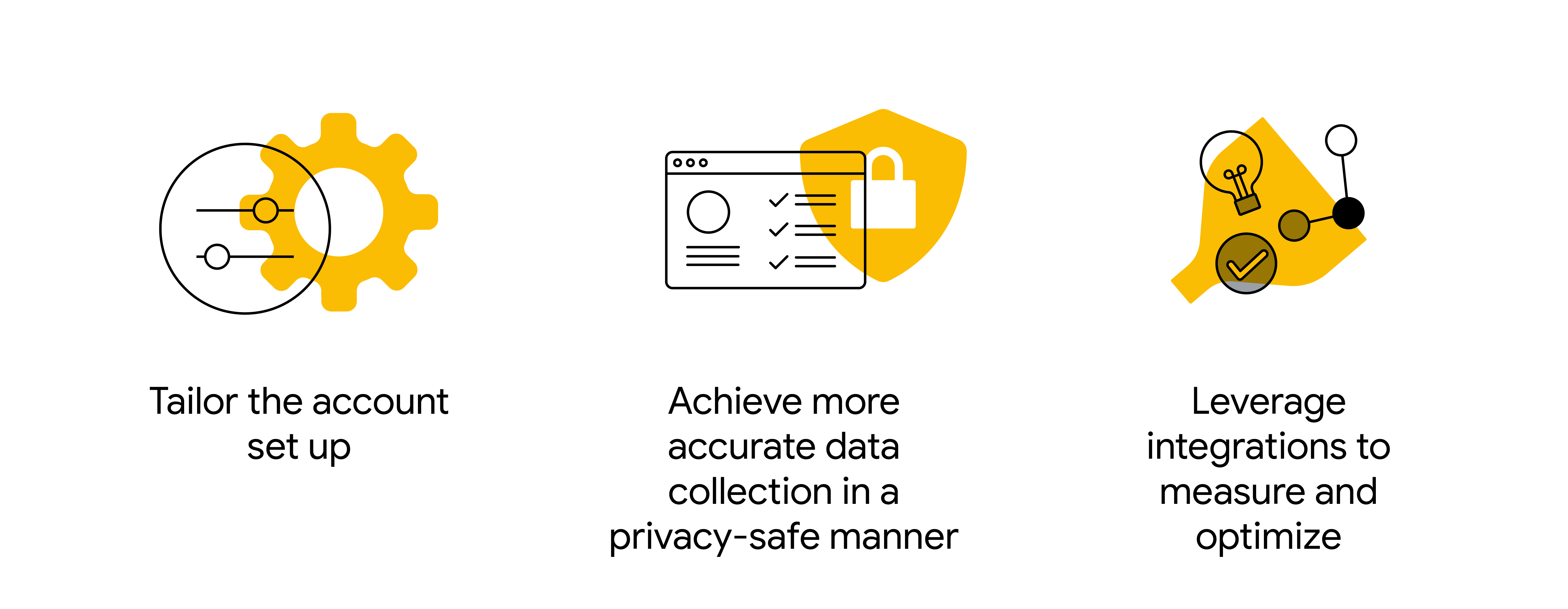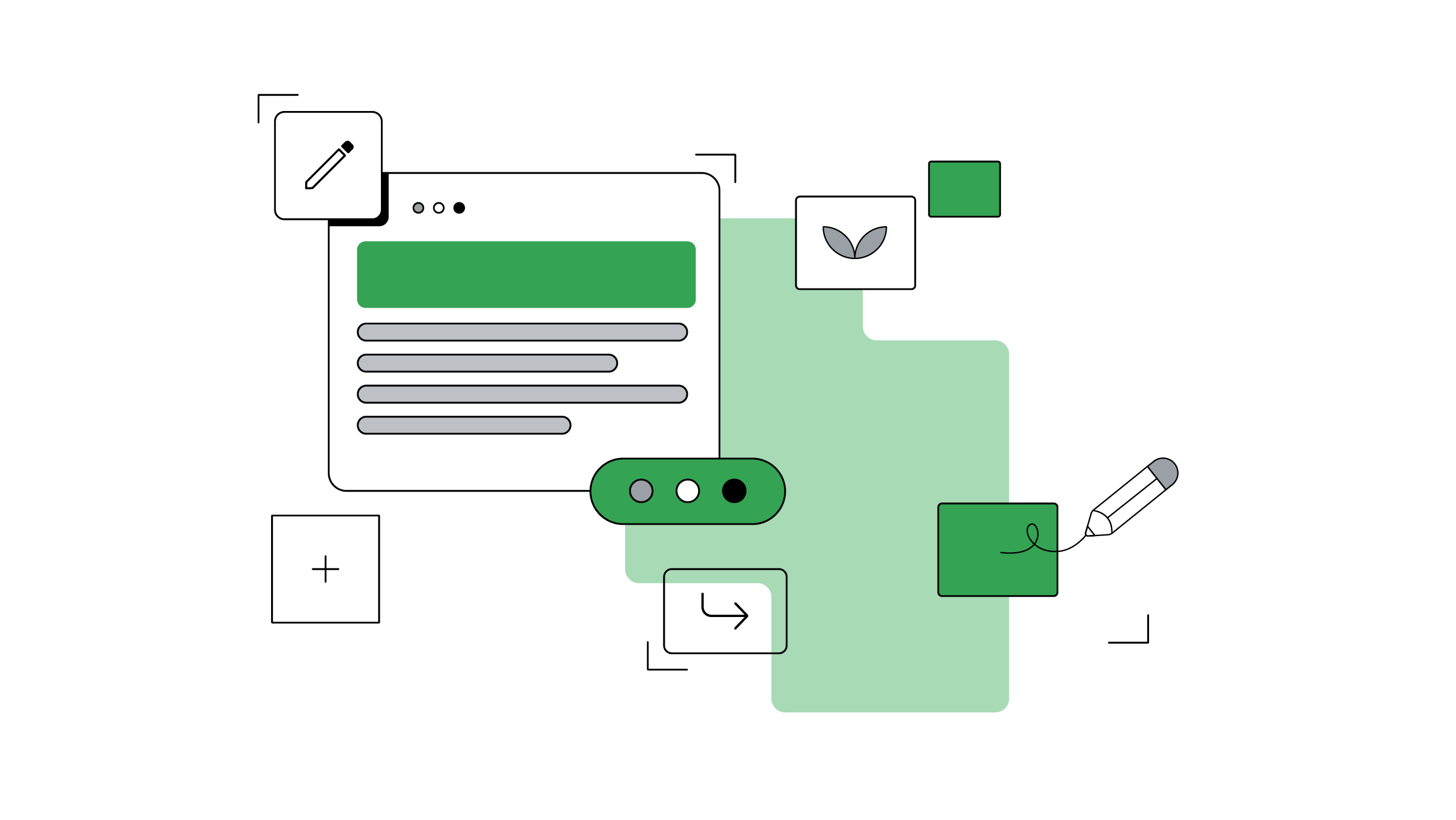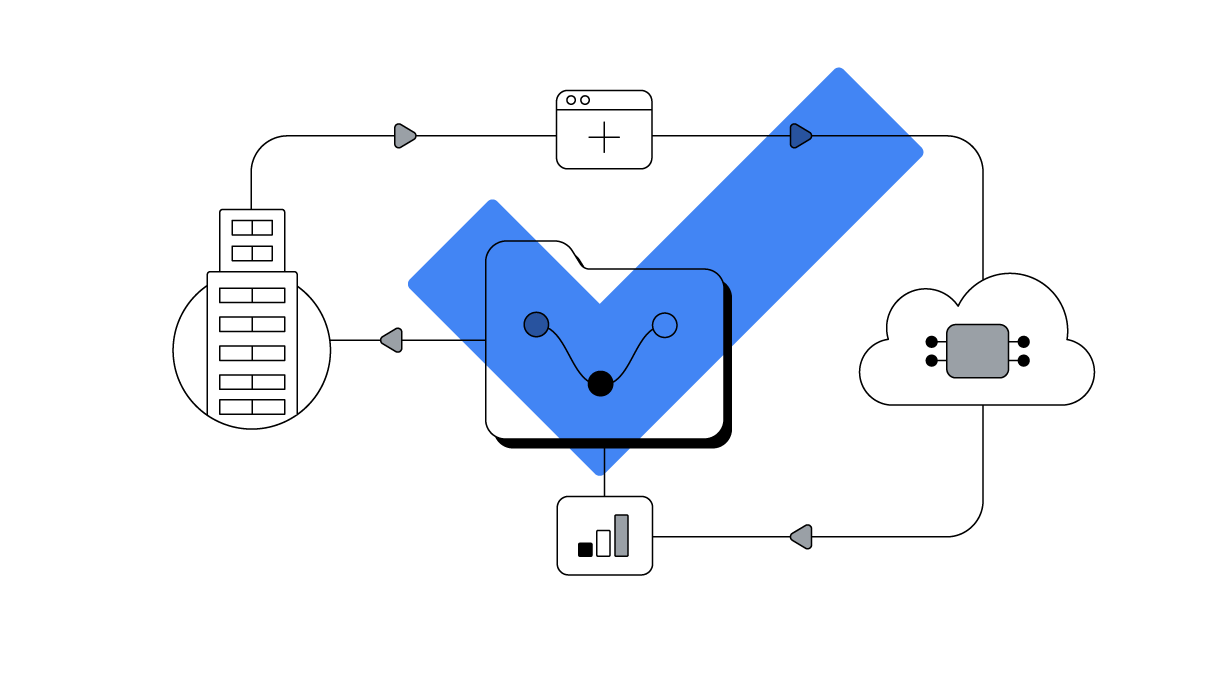With just two months remaining until the deadline to switch to Google Analytics 4, marketers should be making preparations for the shift or risk an interruption of their measurement activities.
For those in need of guidance, I thought it might be helpful to share the experience of Media Lab, Google’s own media team, which planned and executed this transition over the past two years. Like many marketers, we needed to preserve all the measurement capabilities we’ve come to rely on, while benefiting from new privacy-safe features in Google Analytics 4.
We needed to move away from regional and product-area fragmentation to improve agility and responsiveness.
Our case was particularly complex, because we drive traffic to hundreds of Google-operated websites and apps globally. Each of those properties had a Universal Analytics configuration, which led to several inconsistencies. For example, events were defined in different ways, making it difficult to aggregate reporting at the global level. We decided that the move to Google Analytics 4 was our opportunity to create a consistent analytics framework to measure performance across products and teams.
While creating consistency was the main goal, we also had several other objectives in mind for our Google Analytics 4 upgrade:
- Responsiveness. Supporting the work of many teams means that measurement should be responsive to each team’s unique needs. For example, the reports and insights needed by the website and app design teams are completely different from those accessed by the campaign optimization team.
- Privacy. Operating globally means complying with different privacy regulations, so we needed a privacy-first tool that is adaptable to regional compliance requirements.
- Actionability at scale. Since we collect and report data across thousands of websites and apps, we hoped Google Analytics 4 would make our marketing decisions easier as we sought ways to take action on this high volume and velocity of data, inputs, and user feedback.
To achieve these goals, our team knew we needed to move away from regional and product area fragmentation. Such fragmentation inevitably arises when marketers who are focused on different geographies and products report and analyze data in many different ways.
We partnered with the Marketing Technology team to create a central analytics team to oversee and manage the Google Analytics 4 upgrade across Google’s entire marketing organization. This team is responsible not only for implementing Google Analytics but also for managing its use post-upgrade. This central control helps us to standardize our measurement across all of Google’s marketing websites and apps, while ensuring product marketing teams have a seat at the table for technical discussions.
We took a methodical approach to the implementation itself, starting with the websites and apps that were high priority for the business based on advertising spend. Then we examined our existing analytics processes and created a global framework for Google Analytics 4. This framework included, for example, a consistent method for the collection of basic data, like page views and external links for all of our websites. We developed this method using a template in Google Tag Manager that we could then deploy across all of our marketing websites. Finally, we implemented the new version of Google Analytics, migrating websites within a couple hours.

Migrating to Google Analytics 4 delivered several benefits.
- We achieved more accurate, privacy-centric data collection by creating a set of standards and tools.
- For the first time, we were able to measure and optimize toward the vast majority of our ad investment.
- We were able to structure the data in a way that makes sense for our global operations. For example, we leveraged sub-properties and roll-up properties to provide regionalized teams the data they needed for analysis while maintaining a global view.
- We used the integrations with Google Ads, Display & Video 360, and Campaign Manager 360 to measure and optimize our media investment.
Moving to Google Analytics 4 didn’t happen overnight. It required Google Media Lab to partner closely with the Marketing Technology team to carefully plan, assign adequate resources, and shake up familiar processes. However, this was our opportunity to rethink our measurement and create a future-proof analytics framework that would position us for success in the long term. Furthermore, the profound changes to global privacy and technology added to our sense of urgency. While we are still gathering learnings, the significant effort shows every sign of delivering clear and lasting benefits.













